The Economy Game: Mastering Credit Management in Valorant Rounds
In Valorant, the clash of Agent abilities and precise gunplay takes center stage, but underlying every round is a crucial, often overlooked battle: the economy game. Mastering credit management isn’t just about buying the most expensive guns; it’s a nuanced strategic layer that dictates weapon choices, dictates team buys, and can significantly influence momentum over an entire match. Every kill, every Spike plant or defuse, and every round win or loss impacts the credits you earn for the next round. Understanding how to wisely spend, save, and communicate your economy with your team is the difference between consistent full buys and being stuck on low-tier weapons, ultimately determining your team’s ability to consistently contest rounds and secure victory. The Valorant economy is a silent, but deadly, weapon in itself.
How Credits Are Earned: The Basics
Your credit income for the next round is determined by several factors in the current round:
- Round Win: Winning a round grants a substantial 3000 credits. This is the biggest single income boost.
- Round Loss: Losing a round grants 1900 credits. This is the base loss bonus.
- Consecutive Losses (Loss Bonus): This is crucial for comeback potential.
- 2nd consecutive loss: 2400 credits
- 3rd consecutive loss: 2900 credits
- 4th+ consecutive loss: 3400 credits (max bonus)
- Note: A round won by defusing a Spike after the timer runs out (defuser dies) still counts as a loss for the team that gets the defuse for the purpose of loss bonus, but they still get round win credits. This can be complex.
- Spike Plant: Attackers who successfully plant the Spike (even if they lose the round) get an additional 300 credits each. This encourages planting even in losing situations.
- Spike Defuse: Defenders who successfully defuse the Spike get an additional 300 credits each.
- Kills: Each kill grants 200 credits. This is a consistent source of income throughout the game.
- Ultimate Orb Collection: Collecting an Ultimate Orb grants 1 Ultimate Point but no credits.
The Buying Phases: Weapons and Abilities
Credits are spent during the buy phase at the start of each round, allowing players to purchase:
- Weapons: Ranging from cheap pistols (Classic, Shorty, Frenzy, Ghost, Sheriff) to expensive rifles (Vandal, Phantom) and heavy weapons (Odin, Ares).
- Abilities: Each Agent has two basic abilities that cost credits, and sometimes one signature ability that’s free each round.
- Shields: Light Shield (400 credits, 25 HP) and Heavy Shield (1000 credits, 50 HP). Always purchase a Heavy Shield when you can afford it with a rifle.
Key Economic Strategies: Beyond Simple Buys
Effective economy management involves thoughtful planning across multiple rounds.
- Full Buy:
- What it is: When the whole team can afford a top-tier rifle (Vandal or Phantom), full shields, and their essential abilities.
- When to do it: When your team has a healthy economy (e.g., after winning a few rounds). This is your strongest round.
- Eco Round (Economy Round / Save Round):
- What it is: When your team purposefully buys very little (e.g., only Classics or Ghosts with no shield, or light shield only) to save credits for a full buy in a future round.
- When to do it: After a series of losses or when most of your team has very low credits. The goal is to maximize your collective loss bonus and hit a full buy together.
- Strategy: Play defensively, try to secure a kill or two, pick up enemy weapons if possible. Don’t over-invest.
- Force Buy:
- What it is: When your team doesn’t have enough for a full buy but decides to buy medium-tier weapons (e.g., Spectre, Judge, Bulldog, Guardian) with light shields, or even heavy shields if only the weapon is cheap.
- When to do it: Often done after a single loss if you anticipate the enemy will be on a full buy, or if you need to break their loss bonus streak. It’s a gamble but can swing momentum.
- Strategy: Be aggressive and try to catch the enemy off-guard. Aim for close-range engagements if using SMGs or shotguns.
- Half Buy / Semi Buy:
- What it is: A mix between an eco and a full buy. Players might buy a good pistol (Sheriff) with full shields, or a light rifle (Marshal, Stinger) with light shields, focusing on maximizing utility for a reasonable price.
- When to do it: When some players have decent credits but not enough for a full buy, or to put pressure on the enemy’s economy without fully committing.
- Communication is Key:
- “Save!” or “Eco!”: Call out if your team needs to save credits for the next round.
- “Full Buy!”: Announce when the team can afford a full buy.
- “Need drop”: Ask a richer teammate to buy you a rifle if you can’t afford one.
- Check Teammates’ Credits: Use the buy menu to see your teammates’ current credits to coordinate buys effectively.
Advanced Economic Concepts
- Breaking Enemy Economy: Winning eco rounds against a full buy can devastate the enemy’s economy, forcing them to eco themselves.
- Minimum Buy for Next Round: Always consider how many credits you will have next round if you buy a certain item this round. Try to avoid buying a large rifle if it means you’ll be on an eco again in the next round if you lose. Aim for at least 3900 credits for a comfortable rifle + heavy shield + abilities in the following round.
- Pistol Round Strategy: The first round is always a pistol round with limited credits. Deciding between a Ghost for precision, a Frenzy for spray, or a Sheriff for power, along with light shield or extra abilities, sets the tone for the early game.
- Don’t Die with Money: If you know you’re going to lose the round and you have expensive weapons, try to save them by falling back to a safe spot. You’ll keep the weapon for the next round, saving credits.
The economy game in Valorant is a dynamic, constant calculation that profoundly impacts every decision made in a match. It’s not just about individual purchasing power; it’s about team-wide coordination, foresight, and adaptability. Master the economy, and you’ll find yourself winning more rounds, not just through raw aim, but through superior strategic intelligence that quietly, but effectively, starves your opponents of the tools they need to fight.
What’s the most common economic mistake you see Valorant players make, and how do you advise them to fix it?







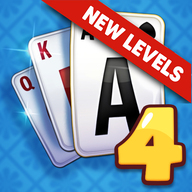
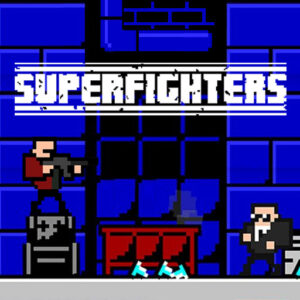




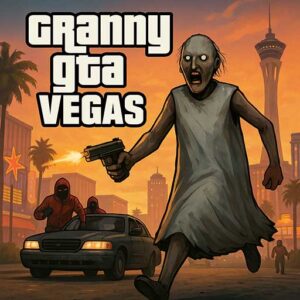
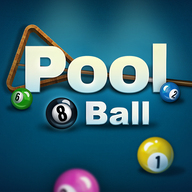
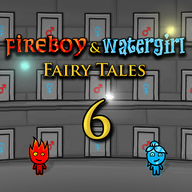


Angela
added 3 days agoI want to play with my friends
Tommy
added 1 hour agoThis game looks super fun. Is it available on mobile?
Lisa
added 5 minutes agoI really love the graphics. So impressive!
Mark
added 2 days agoWhere can I download this game?
Jenny
added 6 hours agoJust tried it out. Totally hooked already!
Steve
added 3 minutes agoMultiplayer mode needs improvement, but overall great!
Sophie
added 8 hours agoReminds me of the old-school games. Love the nostalgia.
James
added 1 day agoCan someone recommend a similar game?
Emily
added 9 minutes agoThis deserves more attention. It’s a hidden gem!
Kevin
added 4 days agoServer lags sometimes. Hope devs fix it soon.
Alice
added 2 hours agoIs there a story mode or only online battles?
Daniel
added 10 hours agoBest free game I’ve played in a while. Props to the devs!